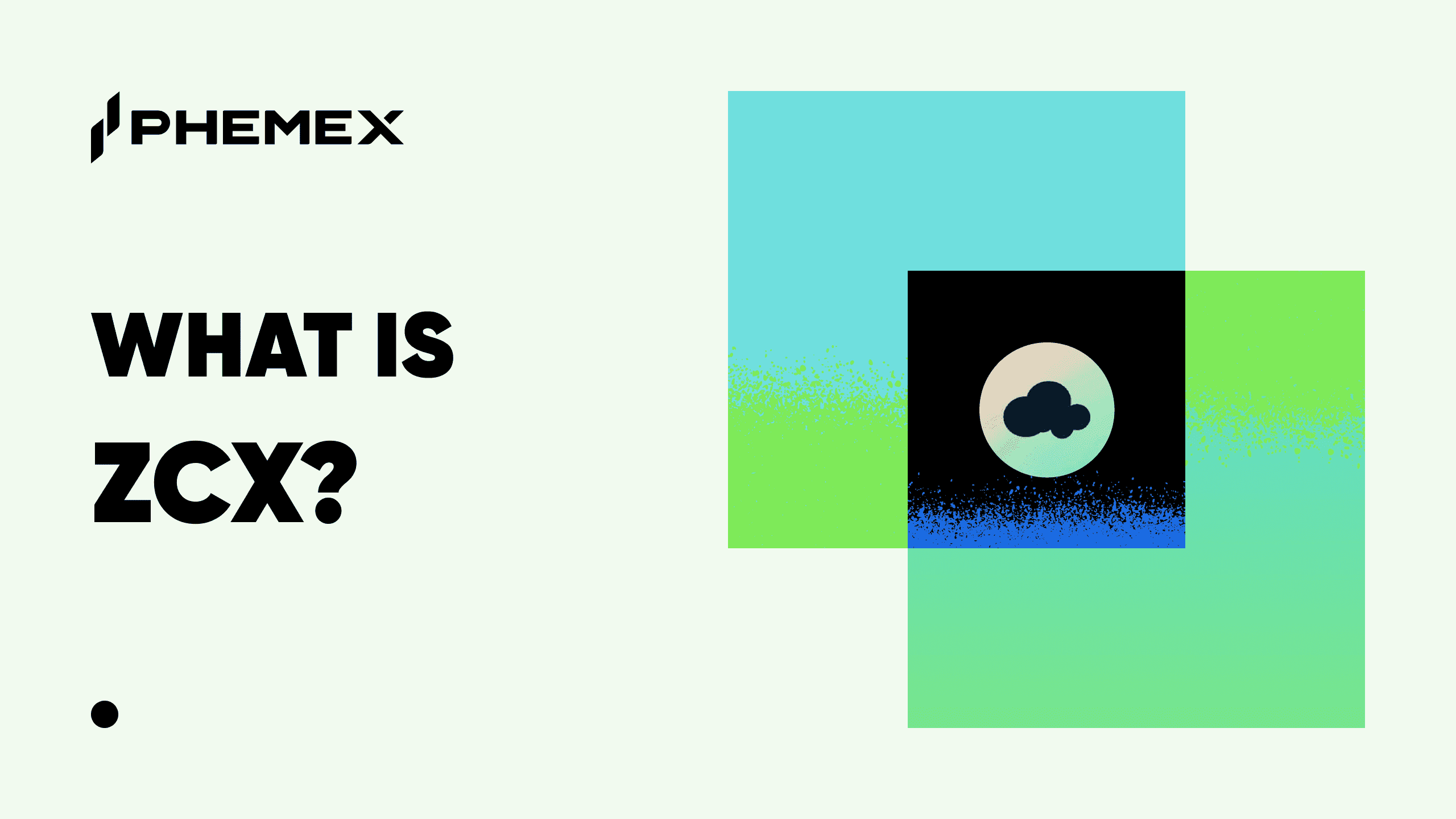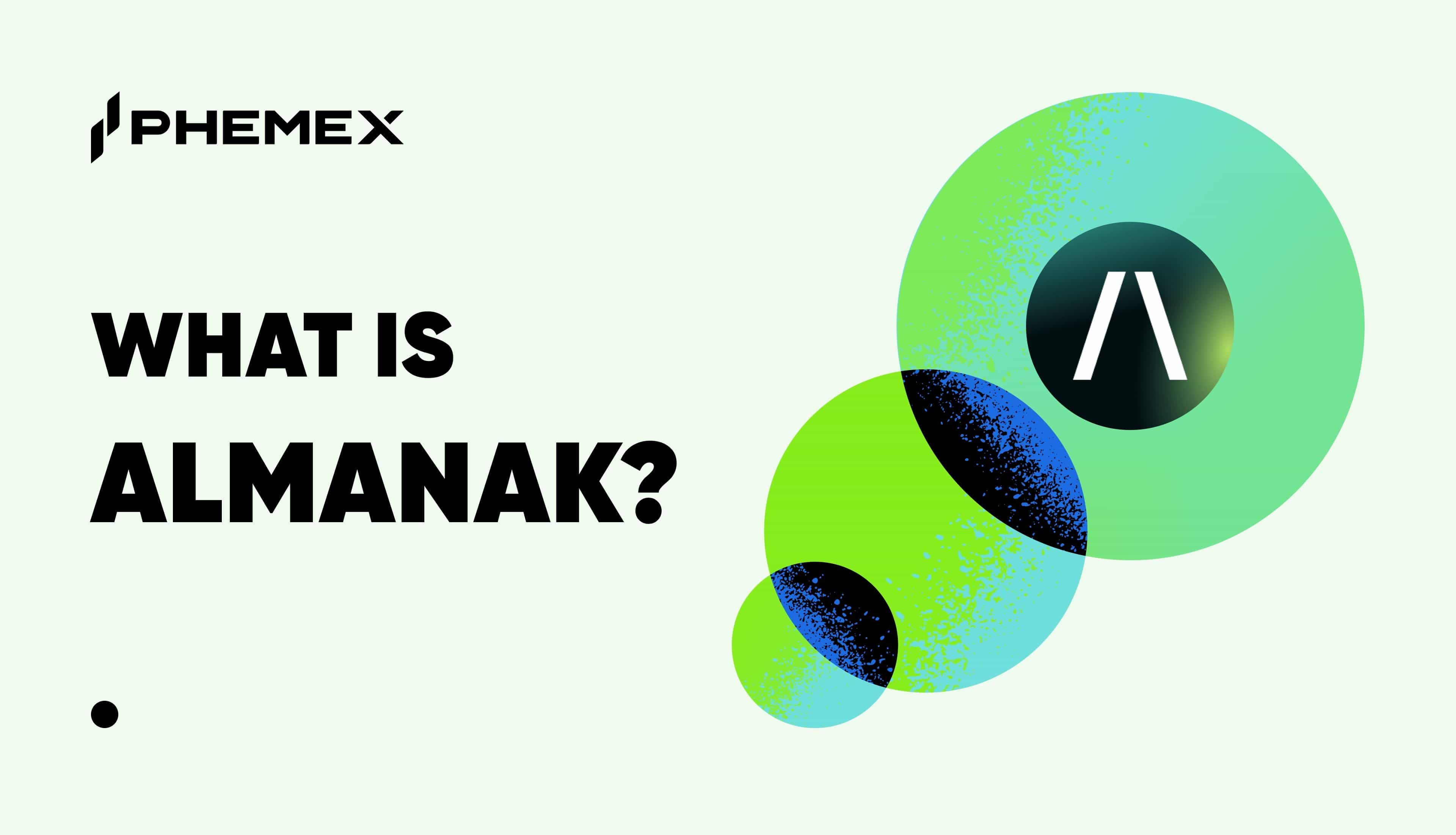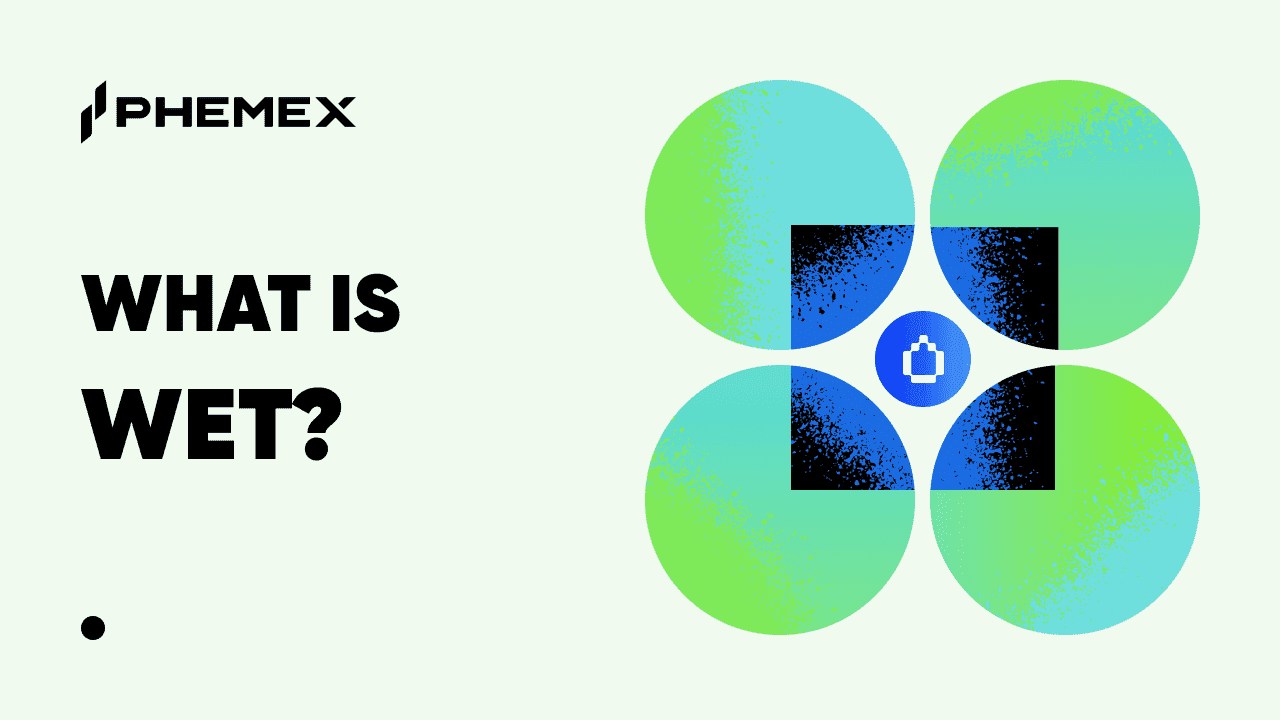Summary
- Osmosis is a decentralized exchange like Uniswap, Pancakeswap and Curve, but the difference is that Osmosis offers customizable automated market makers.
- This customization enables liquidity pool owners to create parameters that better reflect changes in market conditions, thus increasing market responsiveness.
- Osmosis is built using the Cosmos SDK, which means it is interoperable with other blockchains.

What Is Osmosis Crypto?
The Osmosis protocol is an automated market maker and decentralized exchange (DEX) built on the Cosmos blockchain.
Automated market makers (AMM) refer to automatic liquidity providers who work by using smart contracts to determine the price of digital asset pairs, thus providing liquidity to facilitate peer-to-peer trading.
(If you’re lost at this point, you may want to first check out What is an Automated Market Maker (AMM)? – DeFi – Phemex Academy.)
How Is Osmosis Different From Other DEXes?
But there are already several leading DEXes that operate with AMMs in the market, like Uniswap and Curve. So what makes Osmosis different?
The Osmosis protocol allows users greater control over decentralized finance (DeFi) activities by allowing them to customize liquidity pools and deploy custom AMMs.
With this, each liquidity pool on Osmosis is somewhat its own entity, like a DAO, where liquidity providers can set their own rules so that they can rapidly respond to market changes. In addition, this customization also enables the creation of more robust fee structures that takes into account more factors such as market volatility, instead of just the rarity of a token pair.
In providing a greater level of customization, Osmosis DEX was built using the Cosmos SDK, an open-source framework for building blockchains and decentralized apps on Cosmos.
As such, Osmosis can communicate with blockchains that are connected to the Cosmos ecosystem via the Inter-Blockchain Communication (IBC) protocol. Osmosis also has plans to integrate non-IBC blockchains like Ethereum and Bitcoin.
Even though it was only launched in July 2021, market demand has put the Osmosis coin market capitalization at $347 million.
How Does Osmosis Crypto Work?
Three crucial components form Osmosis’ competitive advantage over other DEXes in the market:
1 Self-governing Liquidity Pools
Osmosis protocol gives users control over their liquidity pools by allowing them to vote on proposed changes via governance. The Osmosis team claims that no part of the Osmosis code structure is hard-coded, meaning users can make changes to different parts of the Osmosis finance protocol including:
- Swap fees
- Rewards and incentives
- Curve algorithms
- TWAP calculations
The Osmosis network also allows users to add incentive models to liquidity pools via incentive models built into Osmosis. These kinds of incentive models encourage liquidity providers to time lock their funds for a longer period in exchange for higher rewards.
2 Superfluid Staking
One industry-first feature of the Osmosis network is that it allows users to stake their OSMO coin and at the same time, provide liquidity to the pool, thanks to a process called “superfluid staking.”
Essentially, this means that Osmosis users can be rewarded twice–first by earning staking rewards, and then by receiving a cut of liquidity pool transaction fees.
Before the idea of superfluid staking came about, users who put their tokens in one of the liquidity pools cannot use them for staking to secure the chain.
A good example would be a user in an OSMO-AKT liquidity pool. The user will receive tokens from the liquidity pool which can be used to secure both Akash and Osmosis via staking. Unlike traditional systems where users had to choose between staking and providing liquidity, OSMO coin combines both approaches.
3 MEV Resistance via Private Mempools
Osmosis was built with Maximal Extractable Value (MEV) resistance in mind. A common MEV technique is sandwiching — a method that uses bots to insert transactions ahead of large buys in order to raise the price, and then quickly sells back those assets to make a guaranteed profit while causing a loss to the previous buyer.
Osmosis ensures MEV resistance by using threshold encryption to make its pool of transactions (mempool) private, thus preventing bots and malicious actors from sandwiching transactions as they can’t spot favorable trade opportunities.
OSMO Coin
The OSMO coin is the native token of the Osmosis protocol, used for base network swap fees, reward allocation for liquidity providers, and governance.
OSMO coin has a total supply of 1 billion tokens. During its launch, 100 million tokens were released. Its token release schedule is as follows:

(Source: medium.com/osmosis)
The Osmosis token was designed as an inflationary token whose issuance will be cut down yearly via a thirdening model. The thirdening model would see the issuance of new Osmosis tokens cut down by 1/3.
Osmosis Crypto Price History
The OSMO token was launched with an opening price of $5.12 on 5 October 2021. The coin price dipped a bit before reaching a high of $10.71 on 17 January 2022. As the crypto bear market kicked in, it lost about 40% of its value, dropping to $5.81 by the end of April.

OSMO token price history from 3 Oct to 2 Nov 2022 (Source: CoinMarketCap)
Terra Luna’s collapse and the subsequent 2022 market crashes sent the OSMO coin price tumbling down to $0.88 by 10 August 2022. OSMO then began a slow but steady recovery over the next few months, with its price reaching $1.49 by 2 November 2022, as Bitcoin reclaimed the $20,000 price level after having wallowed in the $19,000 range for much of October 2022.
How to Use Osmosis Crypto
Earning money by providing liquidity to Osmosis requires the following steps:
- Setting up and funding crypto wallet: Once the crypto wallet is set up, it should be funded with ATOM – the native currency of the Cosmos ecosystem on which Osmosis is built.
- Transferring funds to Osmosis chain wallet: The ATOM tokens should be transferred to an osmosis chain wallet where they would be used to purchase osmosis coins for use on the Osmosis app.
- Buy OSMO token: Using ATOM tokens in the wallet, a user should purchase osmosis coins via the swap function on the Osmosis app. First-time OSMO buyers will not pay any gas fee for their first transaction. Subsequent network use on the Osmosis app would incur gas fees.
- Pooling OSMO and ATOM pair: Users can now pool both currency pairs to start earning rewards. LPs have different ratios but the most common are 50:50 for a currency pair.
- Bonding: This phase involves locking up funds in the LP for a set amount of time. The longer the bonding period, the higher the return. Rewards are paid out daily throughout the bonding period.
- Fees paid by Osmosis network users:
- Transaction fees for on-chain transactions. Fees depend on storage, computation, and minimum gas fees. Transaction fees go to validators and OSMO stakers.
- Swap fees for trading assets on the osmosis DEX. Trading fees depend on individual liquid pool parameters and the size of a trade.
- Exit fees for users who pull out their funds from a liquidity pool.

Is Osmosis Crypto a Good Investment?
Let’s do a recap.
Osmosis is a decentralized exchange/automated market maker that allows easy cross-chain transactions across multiple networks through its Inter-Blockchain Communication (IBC) protocol. Osmosis stands out as a customizable AMM protocol that enables users to change several parameters, including curve algorithms, TWAP calculations, and swap fees.
Osmosis allows users to build and deploy unique AMMs that can be applied to different trades, thus allowing them to test multiple strategies in search of the best trade outcomes.
Osmosis also features liquidity pools that can be customized with varying ratios of currency pairs. For instance, instead of the traditional 50-50 currency pair split, users can create liquidity pools with a 60-40 and 70-30 currency pair split. Liquidity pools can also have several currencies at once. This allows market participants to fully determine market prices because of their influence on market conditions.
Since it was launched in late 2021, Osmosis’ Total Value Locked (the total amount deposited in a DeFi protocol) reached $1.6 billion in March 2022. The protocol also averaged over $1 billion monthly trading volume from November 2021 to March 2022.
The project has thousands of weekly users who trade millions of dollars each day. Osmosis has built an admirable track record in the short period it has been in operation. As it continues to create value for users and investors, it will see a clear growth trajectory in price appreciation.
Read More
- What Is Ocean Protocol: A Data Marketplace on Blockchain
- Phemex Analysis in A Minute: OM Surge 325% in 5 Days! What's Next?
- What is Olympus DAO (OHM): A Rising Star in DeFi or a Ponzi Scheme?
- What is the OMG Network: The Payment System of the Future?
- What is Oasis Network (ROSE): The First Privacy-Enabled Blockchain Platform for Web 3.0
- What is Oasis Network (ROSE) & How does it Work?
- What Is EOS: A Complete Guide to EOS with Price Analysis
- What is Cosmos (ATOM)? Tendermint & The Internet of Blockchains









